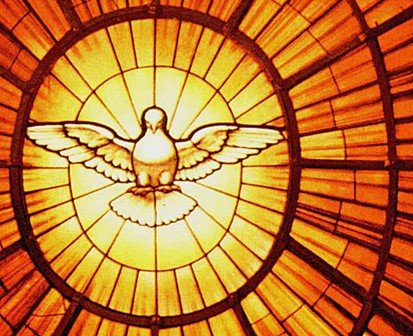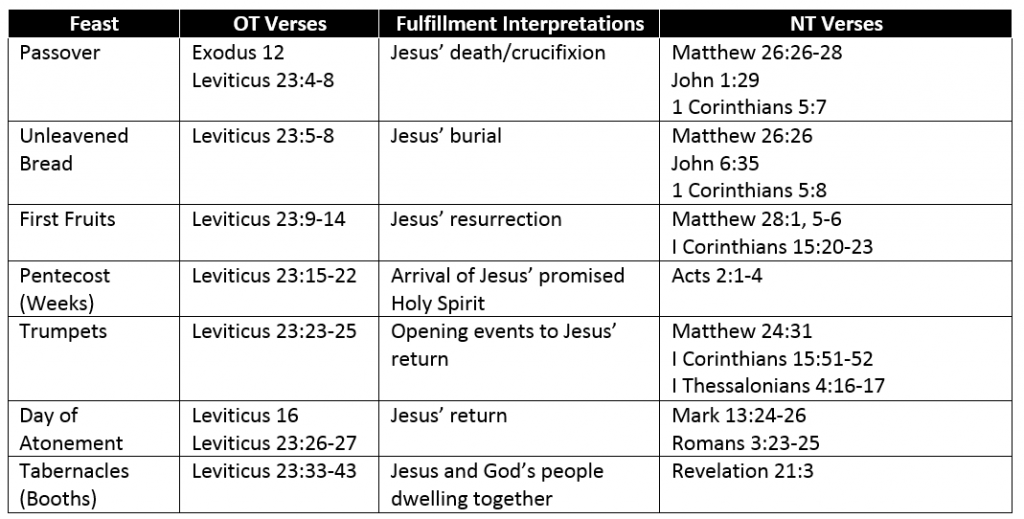
To delve into the biblical feasts online is to delve into a world of un-designed websites and long webpages with Courier typewriter-type fonts. It looks like a fringe subject. Should it be that way?
Years ago when Bible publishers produced and marketed just the New Testament, they effectively decoupled the Old and New Testaments, giving Bible readers permission to ignore the Old Testament. It doesn’t seem this was ever God’s intention. Maybe the upcoming Pentecost Sunday (May 15) could be an opportunity for your students to recouple, or at least begin recoupling, the Old and New Testaments. Much of the New Testament language used to describe the work of Jesus borrows imagery from the feasts and celebrations of Israel’s history, i.e., the lamb, the bread, the first fruits, and much more. But the feasts and celebrations provide more than imagery and analogy. In fact, God used the occasion of the Feast of Pentecost, a celebration established upon Israel’s exodus out of Egypt, to usher in the era of the Church age.
Of the seven major feasts, the first four, considered the Spring Feasts, have been fulfilled (or repurposed under the new covenant) with uncanny precision through Jesus’ first coming. The fulfillment of the last three, considered the Fall Feasts, point to Jesus’ second coming.
A few bullet point thoughts on Pentecost:
- The Feast of Pentecost is the last of the four Old Testament feasts to be fulfilled. Along with Passover, it’s one of the most famous fulfillments.
- The Feast of Pentecost, to be celebrated 50 days (seven weeks) after Passover, was the reason for the large crowd in Jerusalem we see in Acts 2; this gave Peter a nice audience for his Spirit-filled sermon.
- The Feast of Pentecost was originated as part of the exodus out of Egypt as the Feast of Weeks.
The table below, while in no way intended to be a comprehensive study, gives you a snapshot overview of the Old Testament feasts and interpretations of their new covenant fulfillment. Leverage Pentecost to help students see how the Old Testament provides the foundation for New Testament theology. Here are some ideas on how to use this chart, ideas that will move the subject of biblical feasts from fringe to center stage:
- To build anticipation for Jesus’ return.
- To create curiosity about the Old Testament.
- To link the Old and New Testaments.
